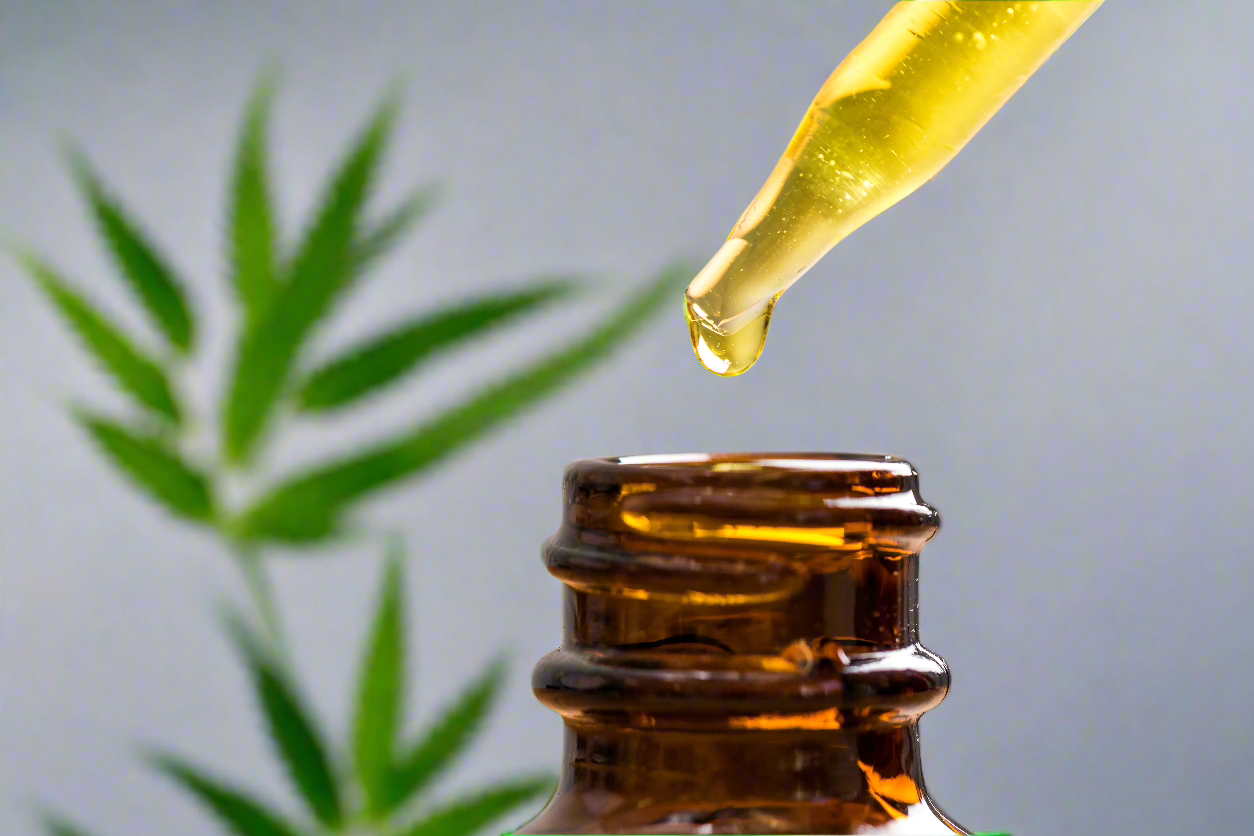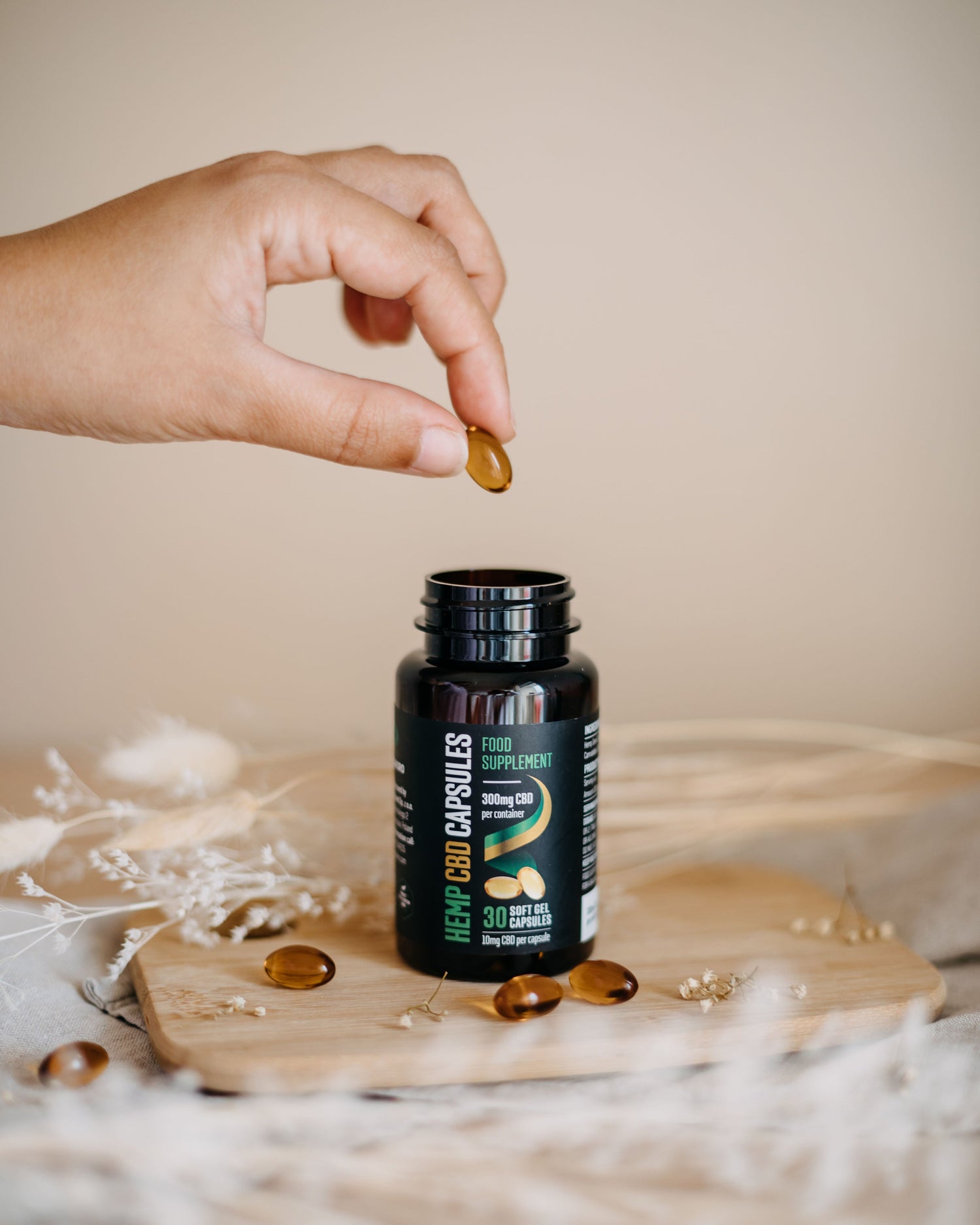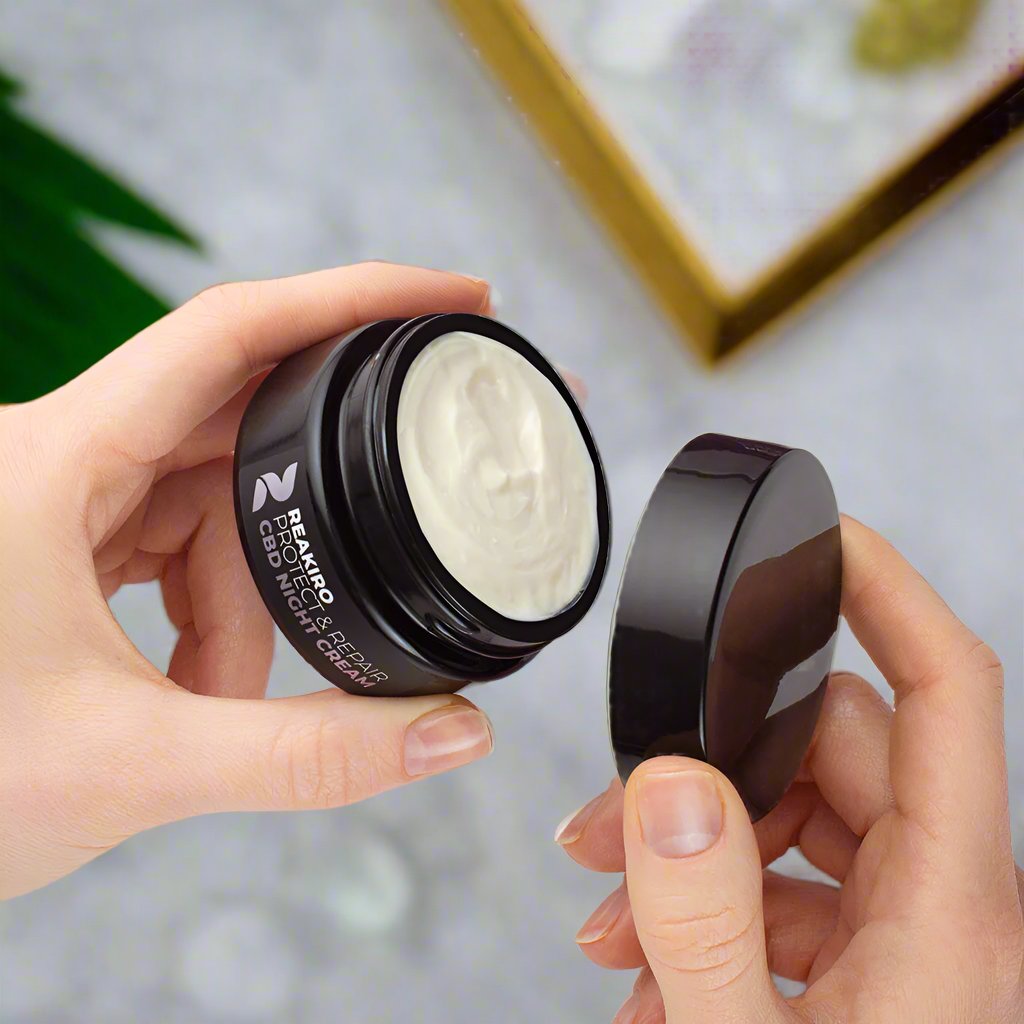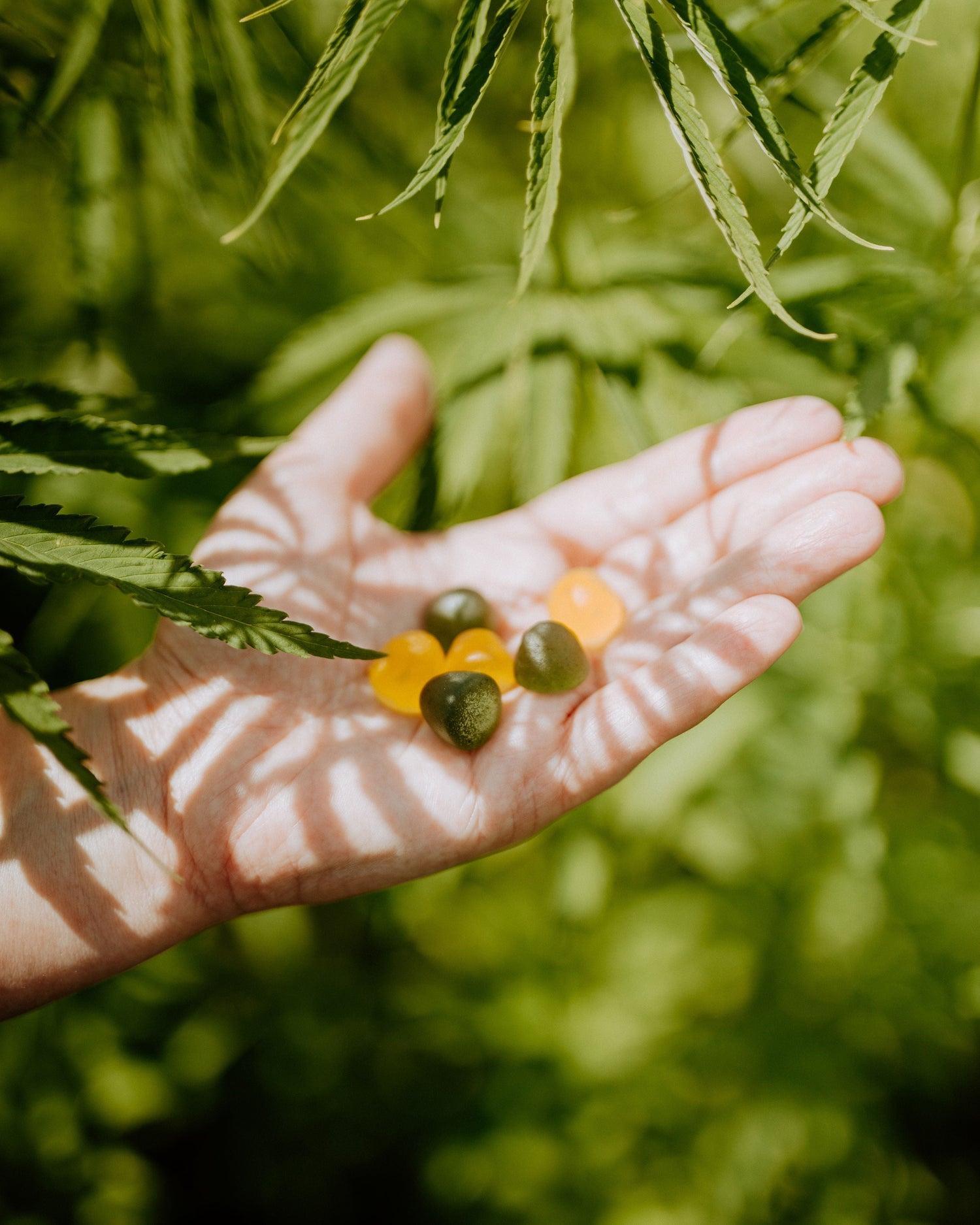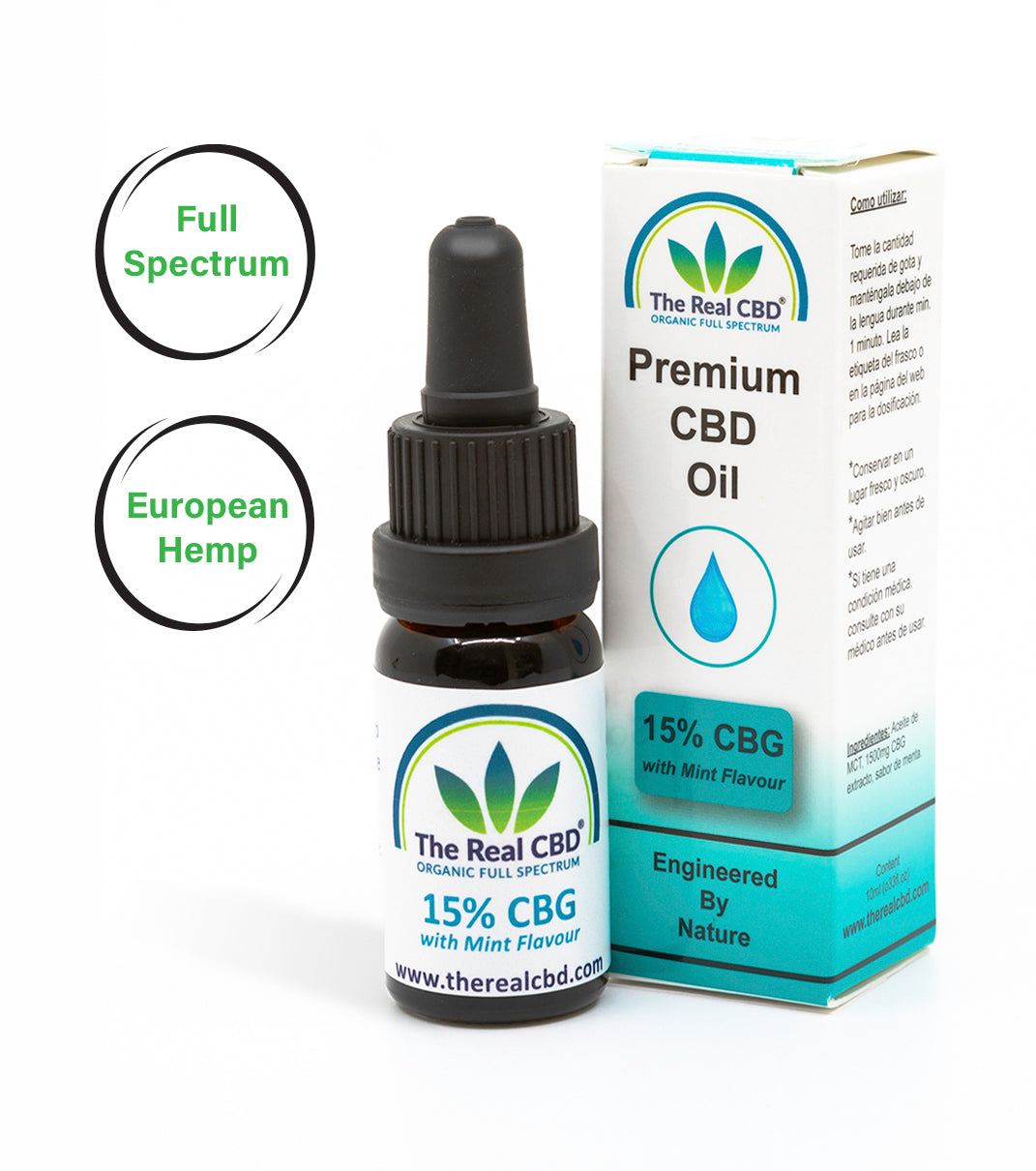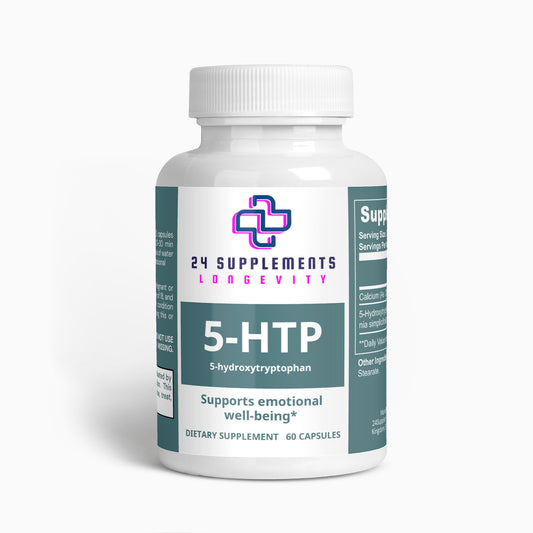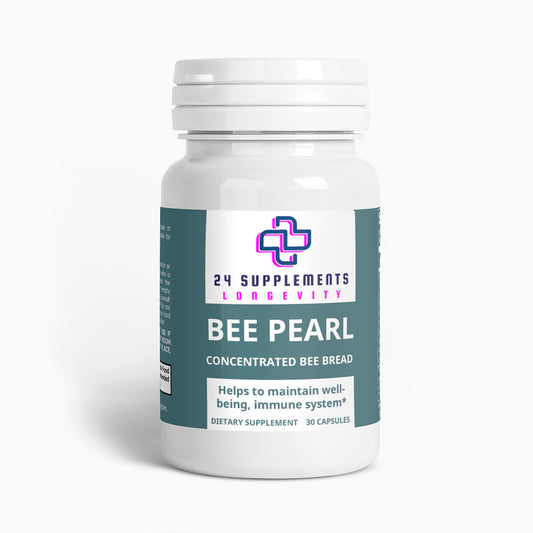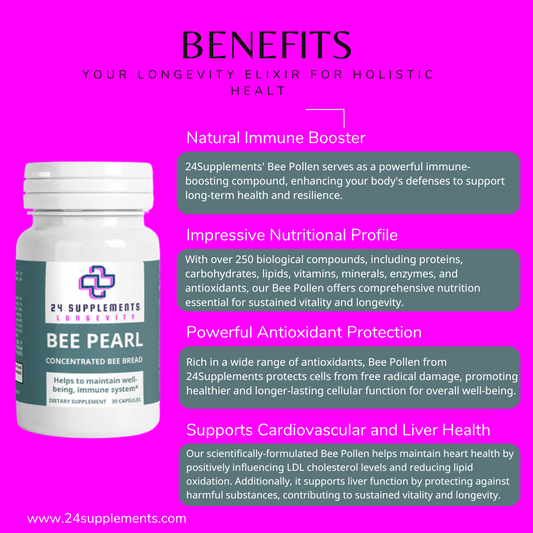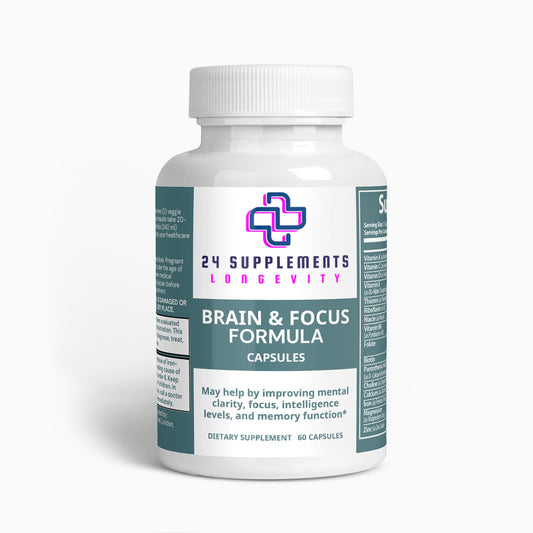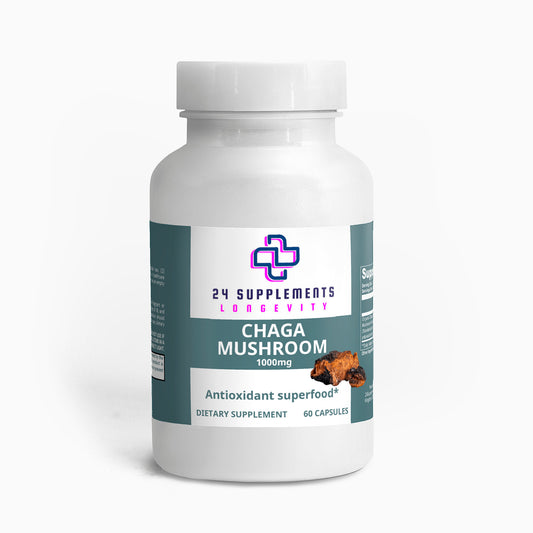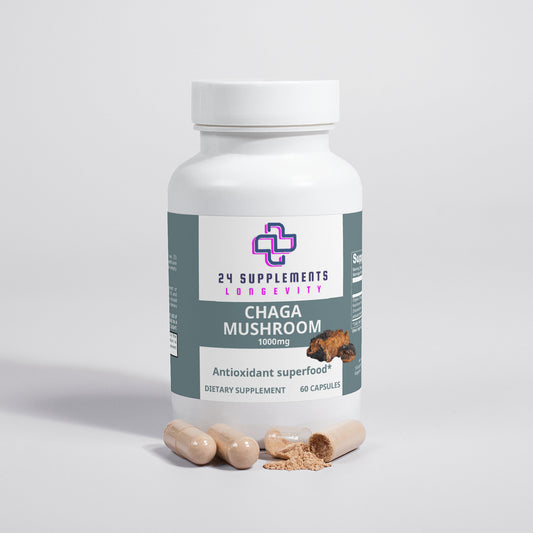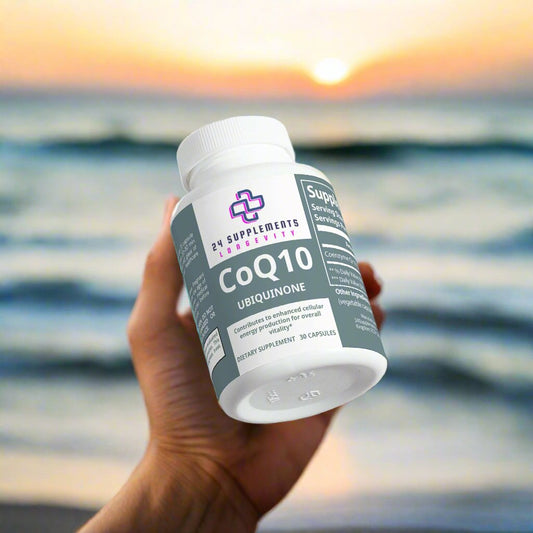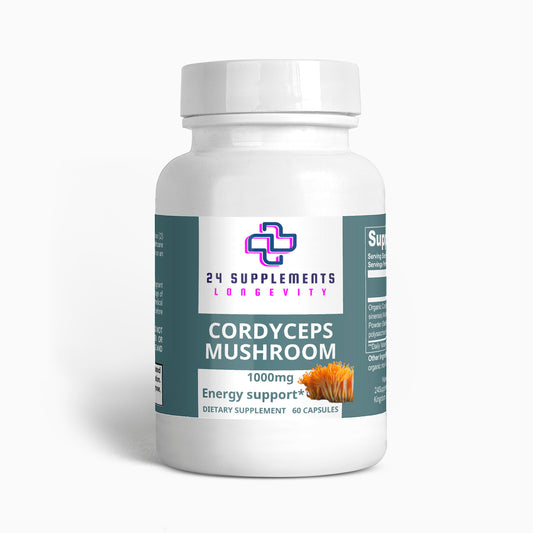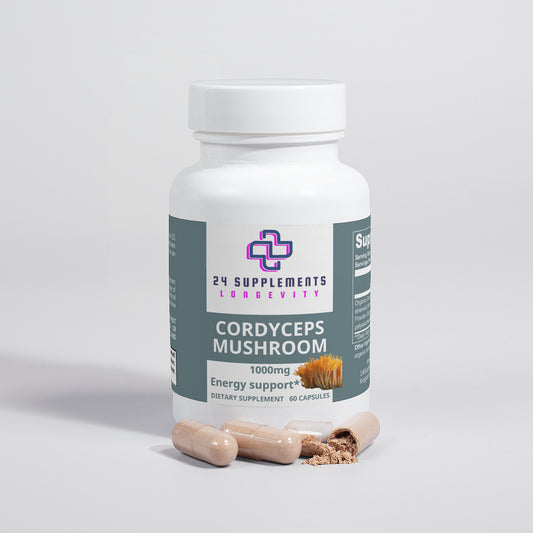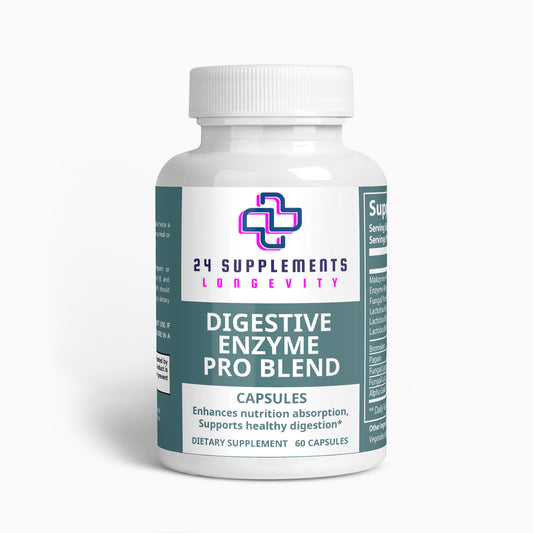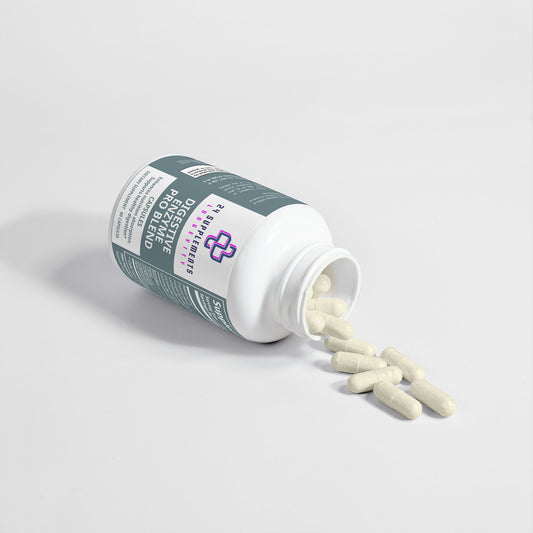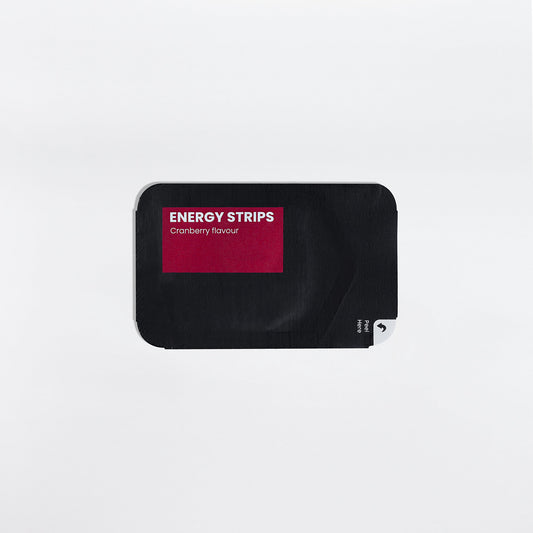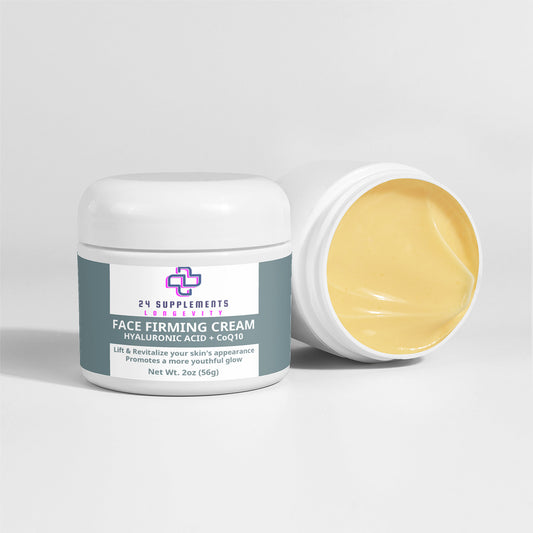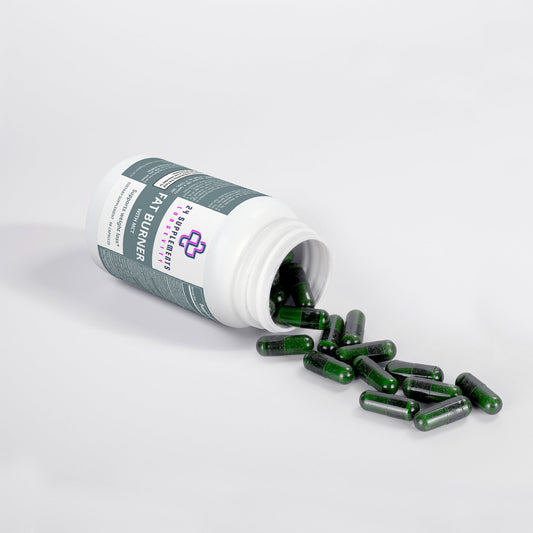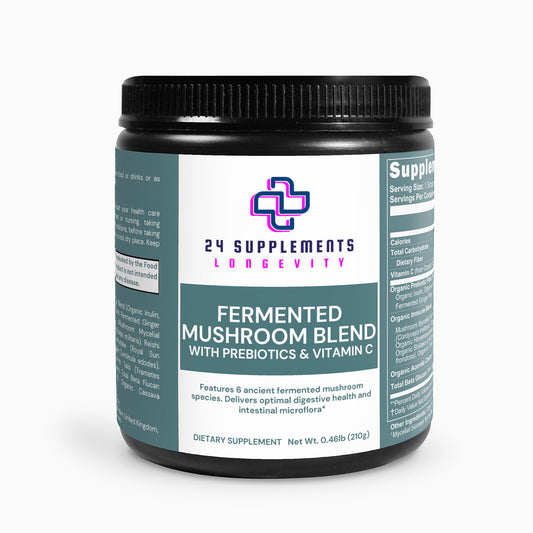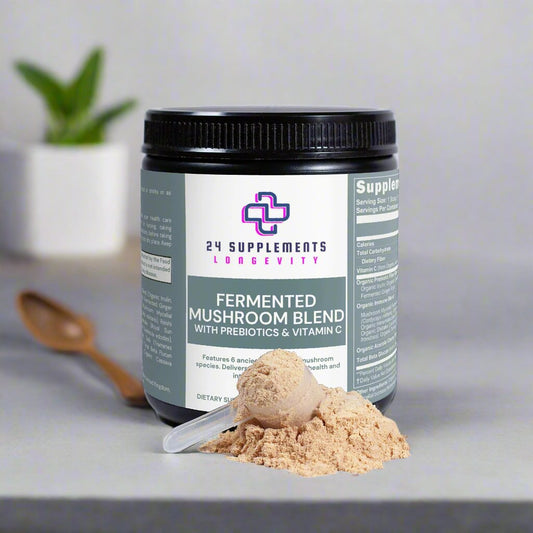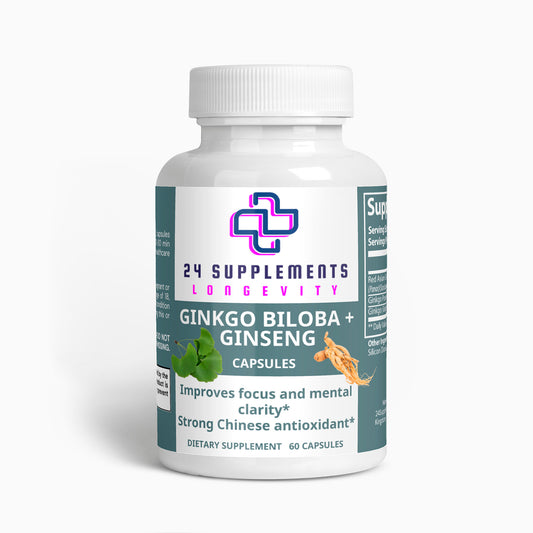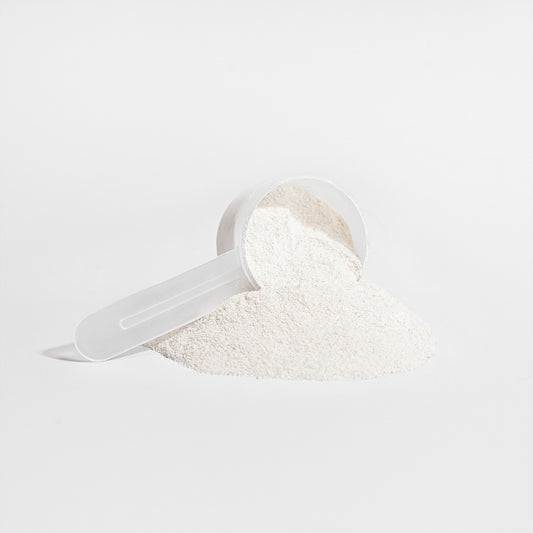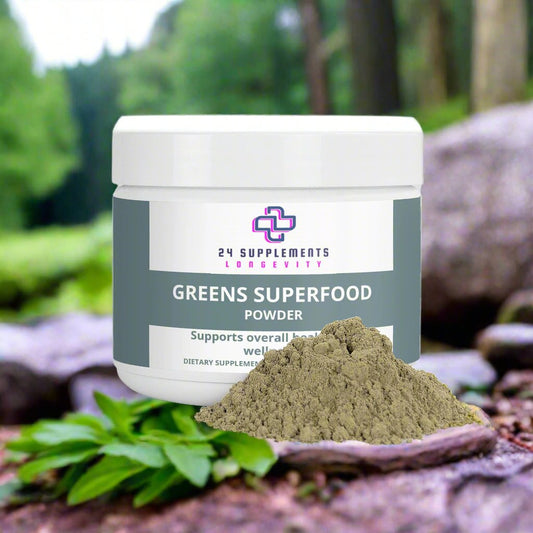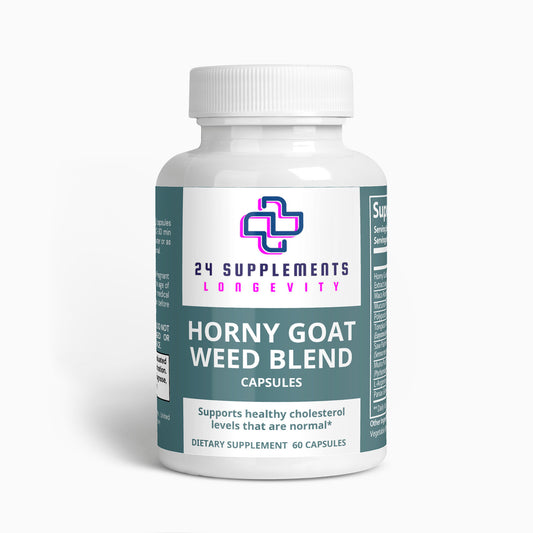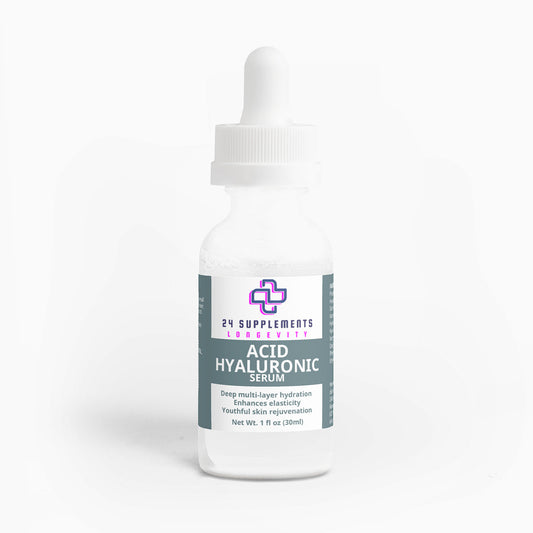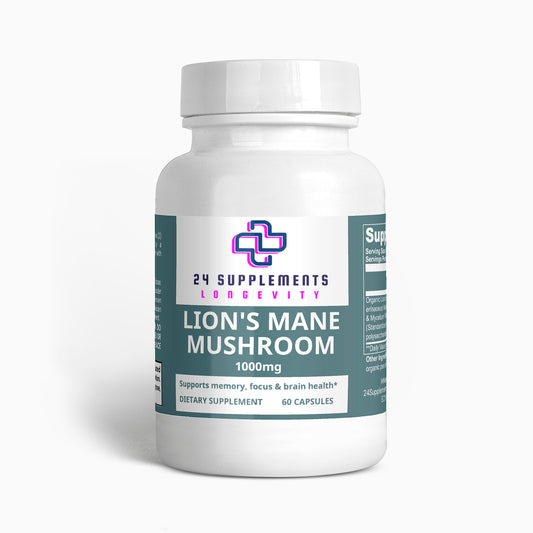
The Biochemistry of CBD: Understanding Cannabidiol at the Molecular Level
Share
Introduction
Cannabidiol (CBD) is a non-psychoactive compound found in cannabis plants that has gained significant attention for its potential therapeutic benefits. Understanding the biochemistry of CBD is essential for comprehending how it interacts with the human body and contributes to its various effects. This article delves into the molecular structure of CBD, its interaction with the endocannabinoid system (ECS), its metabolism, and its pharmacokinetics and pharmacodynamics.
The Chemical Structure of CBD
CBD, or cannabidiol, is one of over 100 cannabinoids found in the cannabis plant. Its chemical structure consists of 21 carbon atoms, 30 hydrogen atoms, and 2 oxygen atoms (C21H30O2). Unlike its psychoactive counterpart, tetrahydrocannabinol (THC), CBD does not induce a "high." This is due to its distinct arrangement of atoms and its lack of affinity for CB1 receptors in the brain, which THC binds to.
Comparison with THC and Other Cannabinoids
The primary difference between CBD and THC lies in their molecular structures. THC contains a cyclic ring, while CBD has a hydroxyl group. This structural difference significantly alters their interaction with the ECS. While THC binds directly to CB1 receptors, causing psychoactive effects, CBD modulates these receptors indirectly and has a lower affinity for them. Additionally, CBD can influence the activity of various non-cannabinoid receptors and ion channels.
Synthesis and Extraction Methods
CBD can be synthesized in the laboratory or extracted from cannabis plants. Extraction methods include:
-
CO2 Extraction: Uses supercritical CO2 to extract cannabinoids, resulting in a pure and potent product.
-
Ethanol Extraction: Uses ethanol as a solvent to extract cannabinoids, suitable for large-scale production.
-
Hydrocarbon Extraction: Uses hydrocarbons like butane or propane, effective but requires thorough purification to remove solvents.
Interaction with the Endocannabinoid System
The ECS is a complex cell-signaling system that plays a crucial role in maintaining homeostasis. It consists of endocannabinoids, receptors (CB1 and CB2), and enzymes that synthesize and degrade endocannabinoids.
How CBD Interacts with CB1 and CB2 Receptors
CBD has a low affinity for CB1 and CB2 receptors but can modulate their activity. It acts as an inverse agonist at CB1 receptors, reducing their activation by other agonists. At CB2 receptors, CBD acts as a weak antagonist or inverse agonist, depending on the context. This modulation helps regulate various physiological processes, including pain, inflammation, and immune response.
Effects on ECS Modulation
CBD can influence the ECS by:
-
Inhibiting Fatty Acid Amide Hydrolase (FAAH): FAAH breaks down anandamide, an endocannabinoid. By inhibiting FAAH, CBD increases anandamide levels, enhancing its effects.
-
Modulating TRPV1 Receptors: TRPV1 receptors are involved in pain and inflammation. CBD can activate these receptors, contributing to its analgesic and anti-inflammatory properties.
-
Influencing GPR55 Receptors: GPR55 is another receptor involved in various physiological processes. CBD can antagonize GPR55, which may be linked to its anti-cancer effects.
Metabolism of CBD
Once ingested, CBD undergoes metabolism primarily in the liver through the action of cytochrome P450 (CYP450) enzymes.
Absorption and Bioavailability
The bioavailability of CBD depends on the route of administration:
-
Oral: Low bioavailability (13-19%) due to first-pass metabolism in the liver.
-
Sublingual: Higher bioavailability (20-35%) as it bypasses the digestive system.
-
Inhalation: High bioavailability (34-56%) due to direct absorption into the bloodstream through the lungs.
-
Topical: Localized effects with minimal systemic absorption.
Metabolic Pathways in the Liver
CBD is metabolized by CYP450 enzymes, primarily CYP3A4 and CYP2C19. These enzymes convert CBD into its metabolites, including 7-hydroxy-CBD and 6α-hydroxy-CBD. These metabolites are then further processed and excreted through the kidneys.
Factors Influencing Metabolism
Several factors can influence the metabolism of CBD:
-
Genetics: Genetic variations in CYP450 enzymes can affect how individuals metabolize CBD.
-
Age: Metabolic rate decreases with age, affecting CBD metabolism.
-
Diet: Certain foods and supplements can inhibit or induce CYP450 enzymes, altering CBD metabolism.
Pharmacokinetics and Pharmacodynamics
Understanding the pharmacokinetics and pharmacodynamics of CBD is crucial for determining its therapeutic potential and appropriate dosing.
Onset, Duration, and Half-Life of CBD
The onset and duration of CBD’s effects depend on the administration route:
-
Oral: Onset in 30-90 minutes, duration of 6-8 hours, half-life of 1-2 days.
-
Sublingual: Onset in 15-45 minutes, duration of 4-6 hours, half-life of 1-2 days.
-
Inhalation: Onset in 1-5 minutes, duration of 2-4 hours, half-life of 1-2 days.
-
Topical: Onset and duration vary based on formulation and application area.
Dose-Response Relationships
CBD exhibits a biphasic dose-response curve, meaning its effects can vary at different doses:
-
Low to Moderate Doses: Typically produce calming, anti-anxiety, and anti-inflammatory effects.
-
High Doses: May produce sedative effects and potentially greater therapeutic benefits for conditions like epilepsy.
Mechanisms of Action in Various Physiological Processes
CBD influences various physiological processes, including:
-
Pain Management: Through ECS modulation, TRPV1 activation, and anti-inflammatory effects.
-
Anxiety Reduction: Via serotonin receptor modulation (5-HT1A) and GABAergic neurotransmission enhancement.
-
Neuroprotection: By reducing oxidative stress, inflammation, and excitotoxicity.
Conclusion
CBD's biochemical properties and interactions with the ECS make it a promising compound for various therapeutic applications. Understanding its molecular structure, metabolism, pharmacokinetics, and pharmacodynamics is crucial for harnessing its full potential. Future research will likely continue to uncover new insights into CBD's mechanisms of action and expand its clinical applications.


